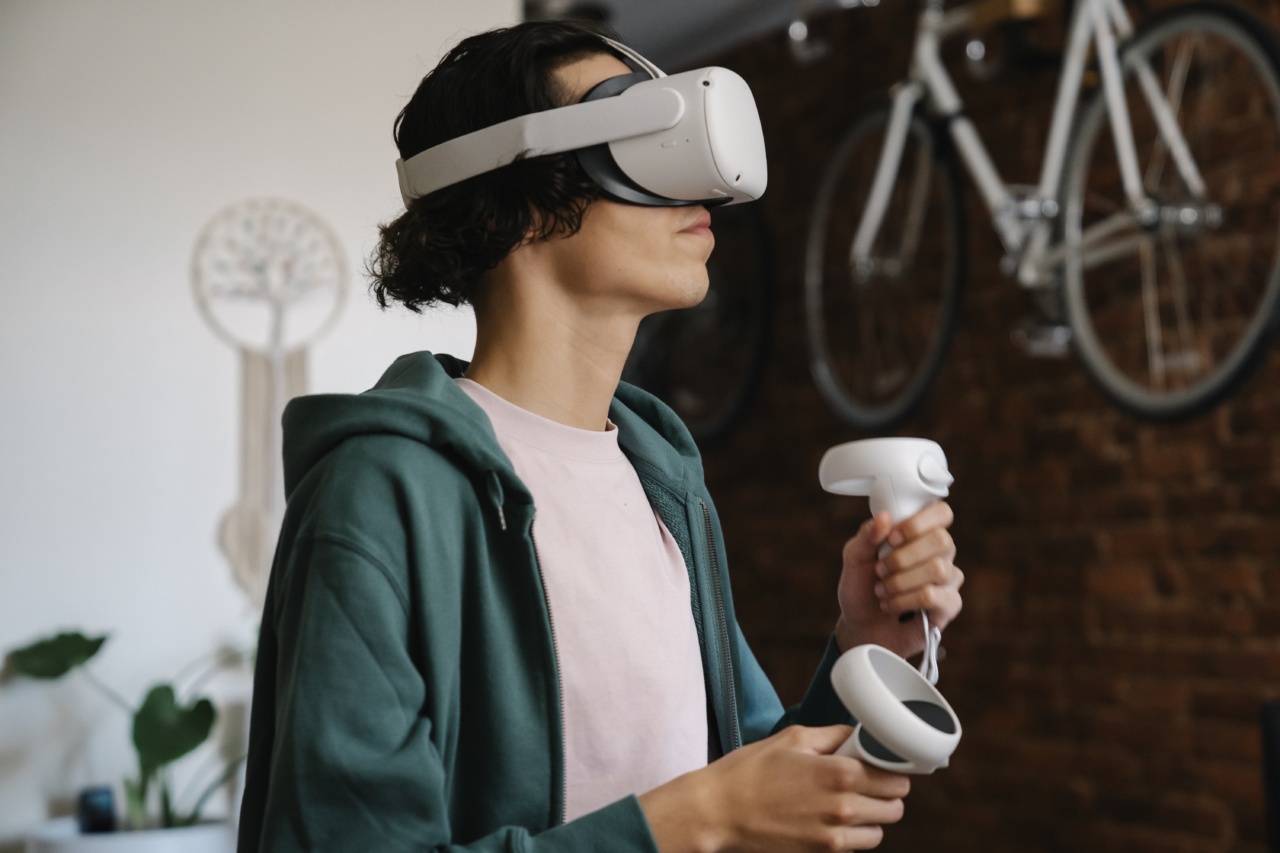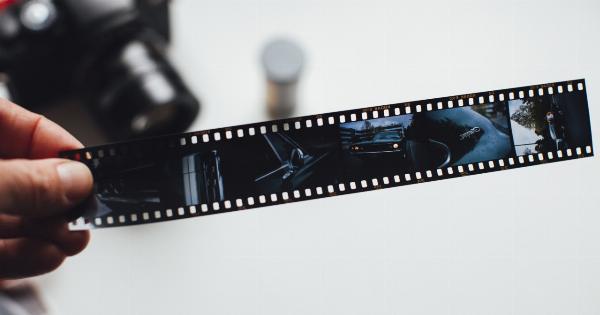Have you ever been walking somewhere and suddenly a certain smell or object triggers a memory that immediately makes you feel anxious or stressed? This can happen because our brains connect certain visual cues or sensory experiences with past traumatic events, making it difficult to move on from those experiences.
What are visual reminders of stressful experiences?
Visual reminders of stressful experiences are any objects or cues that trigger a past traumatic event. They can be anything from a particular smell to a specific location or person.
Often, these reminders can cause a person to feel the same anxiety or stress they experienced during the original event.
Why do visual reminders of stressful experiences occur?
Visual reminders can occur because our brains associate past traumatic events with certain cues.
For example, if someone was in a car accident and the accident occurred on a specific street, that person’s brain may associate that street with the traumatic event. This can cause anxiety or stress when the person drives down that street again.
How do visual reminders affect us?
Visual reminders can have a significant impact on our mental health and well-being. They can cause anxiety, stress, and even flashbacks to the traumatic event. In severe cases, these reminders can lead to post-traumatic stress disorder (PTSD).
How can we manage visual reminders of stressful experiences?
Managing visual reminders can be a complex process that often involves therapy, medication, and lifestyle changes. Here are some strategies that may help:.
1. Identify triggers
The first step in managing visual reminders is to identify what triggers your stress or anxiety. This could be a physical object, location, or even a person. Once you understand what is triggering you, it’s easier to manage these visual reminders.
2. Avoid triggers
If possible, avoid the triggers altogether. This might mean not watching certain movies or avoiding certain places or people. While it’s not a foolproof strategy, avoiding triggers can be an effective way to manage stress and anxiety.
3. Practice mindfulness
Mindfulness is the practice of staying present in the moment. This involves focusing on your breathing and thoughts without judgment. Mindfulness can be a helpful tool in managing anxiety and stress caused by visual reminders.
4. Seek professional help
If visual reminders are having a significant impact on your mental health, it’s important to seek professional help. A therapist can help you develop coping strategies and provide support as you work through the trauma.
5. Use grounding techniques
Grounding techniques are simple exercises that can help you stay present in the moment. These can include deep breathing exercises, meditation, or even repeating a calming phrase to yourself.
Grounding techniques can be helpful in managing stress and anxiety caused by visual reminders.
6. Take care of yourself
Finally, it’s important to take care of yourself as you work through visual reminders of traumatic events. This might include eating healthy, getting regular exercise, and establishing a consistent sleep schedule.
The bottom line
Visual reminders of stressful experiences can have a significant impact on our mental health and well-being. However, there are strategies we can use to manage these reminders and reduce anxiety and stress.
If visual reminders are affecting your daily life, seek professional help from a therapist or mental health expert.






























